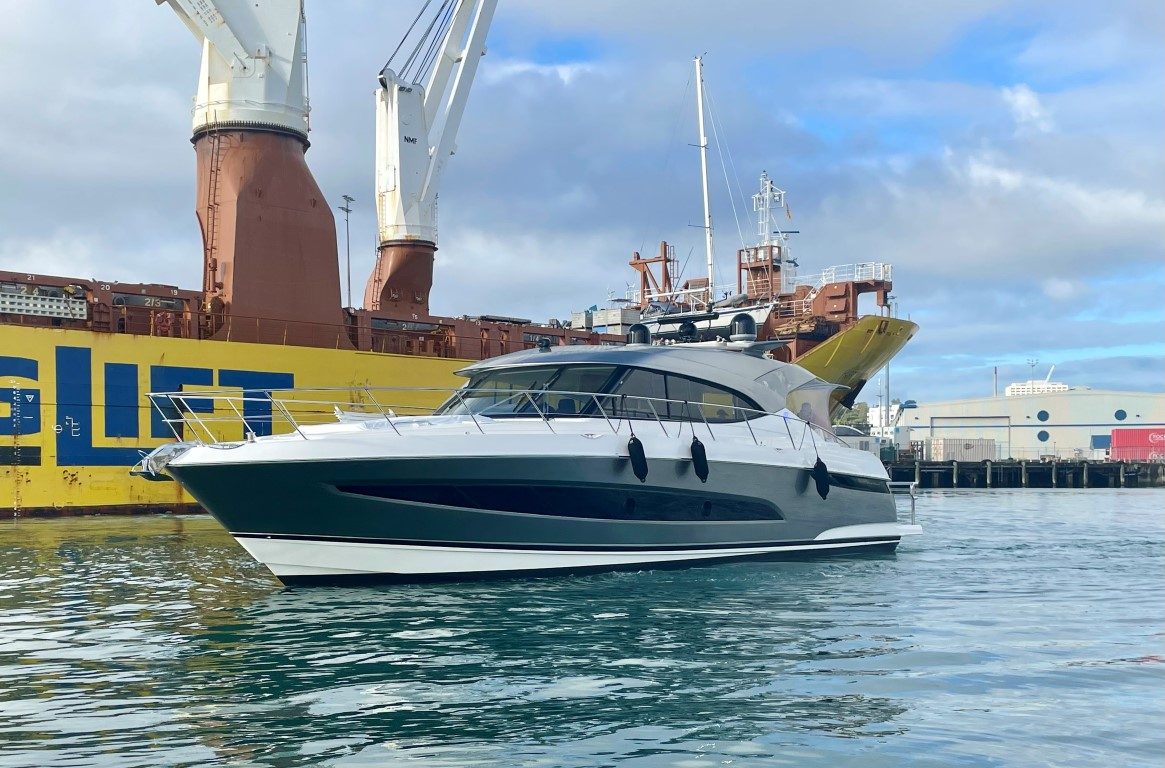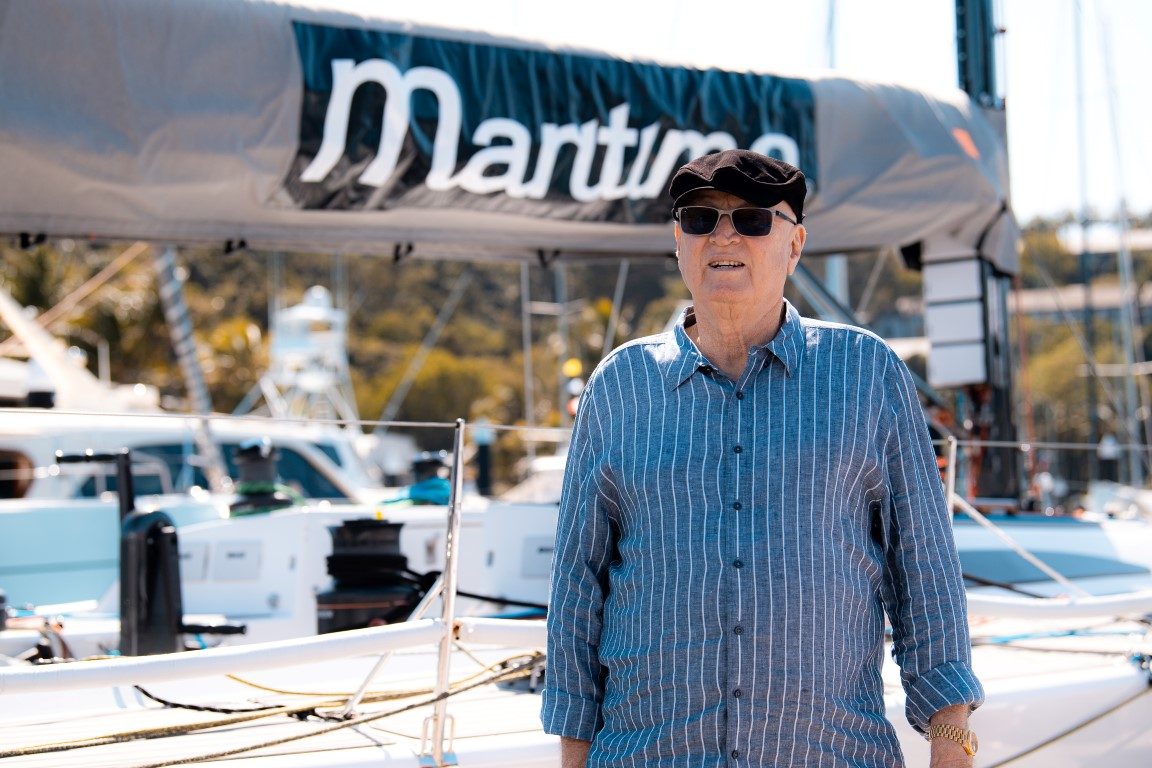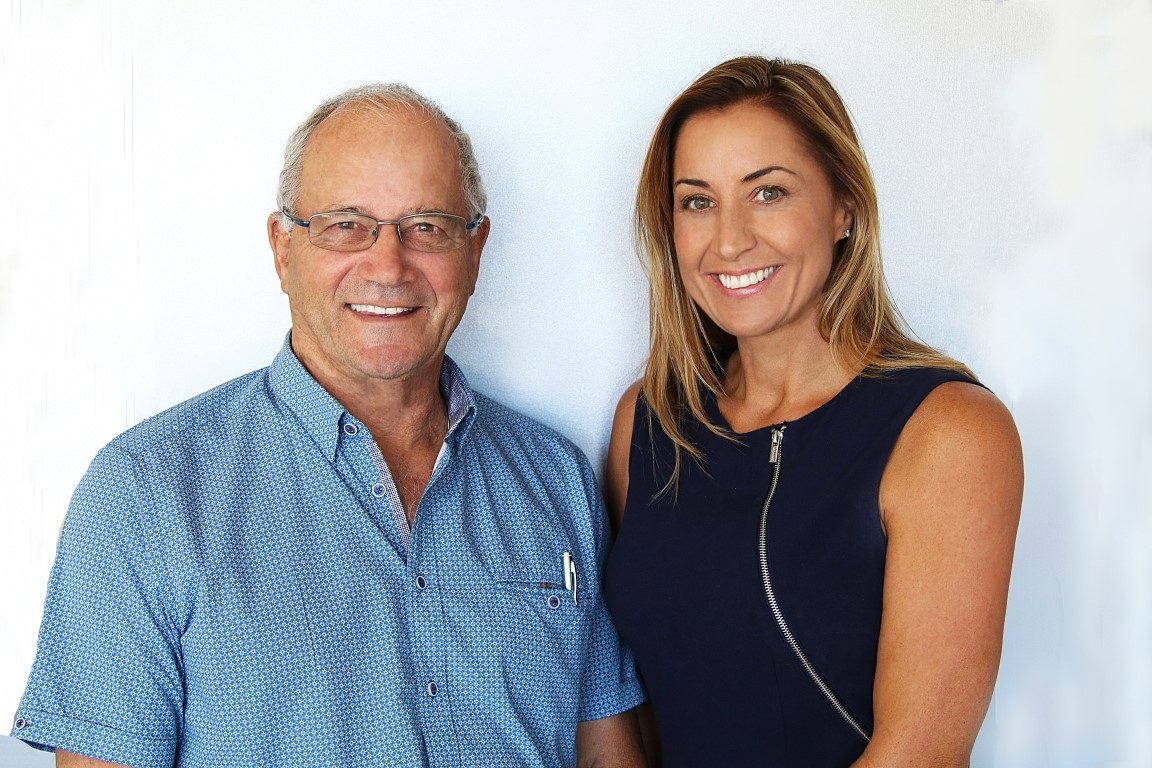

There’s an old adage about ‘books-and-their-covers’ that applies perfectly to Warkworth’s Core Builders Composites (CBC) – a company that’s been a fundamental part of Team USA’s Oracle boats over the last few America’s Cup events. It’s not until you’re actually inside the building that you realise it’s something special. The modest exterior and simple 90s décor belies the fact that this place is responsible for some of sailing’s most advanced technology.

Turning off Warkworth’s main drag, I began looking for a big, flashy place with large signs and Oracle logos. Were it not for Google Maps pinging that I’d arrived, I’d have driven past it. But once inside, it hits you. This building helped transform the sport of yachting, and certainly the America’s Cup, into what it is today.
After a short wait, I’m greeted by director Mark Turner. Turner, a boatbuilder by trade, has been working with Larry Ellison since the days of his maxi monohull Sayonara and helped set up CBC in 2001. I start off with “OK, I want to tell people what’s special about this company – about the technology and special capabilities you have here – and how it helps make something amazing, like an America’s Cup campaign and this new Sail GP series happen.”
Turner, very direct, is off. “To start with, one of the bits of machinery we have here, which I guess you could call special, is a very large five-axis CNC machine. It dictated us choosing this building – the old Rodney Times print facility – in the first place. It has a six-metre-high stud, which is what we needed for the machine’s three-metre Z axis. The machine itself has an operational envelope of eighteen metres by six metres by three metres. And it is accurate to 0.02mm.”

Sounds impressive, right? But the machine’s stats are just the tip of its operational iceberg. Throughout its various
production stages, a component might come into contact with the CNC facility many times. From the initial creation of a component’s mould, right through to post-production machining and polishing.
“It has a variety of applications. It lets us do very large, single-piece moulds, so we can build plugs [models of a part, from which a mould is created] for yacht hulls or, indeed, other structures which are non-marine related. Right now, though, it’s spending a lot of time doing post-machining as part of the Appendage Programme (the hydrofoils) for the Sail GP boats.”
At CBC, repeatable accuracy is key, particularly for the Appendage Programme – responsible for the 36 hydrofoils used by all the six boats in the Sail GP event. The CBC team begins by digitally creating the ideal shape for the hydrofoil on the computer before using the CNC machine to carve the shape from a tooling compound. The resulting part is called a plug and it’s a replica of what the final part will look like.
A carbon fibre layer is placed around the outside of the plug and cooked in an oven, creating a mould. Carbon fibre is used for the mould because it behaves the same way as the finished component will during later
‘cooking phases’, thereby removing thermal expansion as a potential source of error.

Once the mould’s cooked and cured, more than 250 individual layers of carbon fibre are applied – each about 0.3mm thick – into the mould to slowly build up the shape and internal structure of the hydrofoil.
Foils are cooked in four separate stages to ensure each section cures properly. Finally, the hydrofoil is returned to
the CNC machine for post-production machining. It is this final stage, where the foil is given its final shape and a mirror-smooth finish, that makes it a piece of hydrodynamic wizardry, providing maximum lift with minimum drag.
THE FACILITY TOUR
Crossing the foyer we pass some astonishing pieces of sailing memorabilia. On the floor is what looks like one of the orc swords from Lord of the Rings but, actually, it’s one of the rudders from Oracle’s AC50 that defended last year’s America’s Cup.
Over by the wall is a hydrofoil from the first AC72, as well as a piece of the super-maxi Wild Oats XI’s canard. On the wall, beside some aerial shots of USA17 – Oracle’s monster trimaran that thrashed Alinghi’s catamaran – is a frame containing pieces of glass and a champagne cork. The remnants of the bottle of champagne that christened
that same trimaran which won Oracle and Larry Ellison the America’s Cup.
Once in the production facility, sensory overload sets in. It’s hard to know where to look. On one side there’s a
massive structure that was the control arm for the wing from the Oracle 90-foot trimaran. On another is a massive
plotter and cutting table. Overhead hangs the top section of that famous trimaran’s wing sail, which stood 68m above the deck.

The place is marriage between labyrinth and rabbit warren. It’s full of switchbacks and rooms off rooms. The double-doors all look the same and you think you’ve been this way before, but you haven’t because you’re in a
completely different building.
After a while it’s easier to give up trying to work out where you are or what to expect. There is a surprise around every corner and through every doorway. Every time we turn a corner, we are confronted with another 50-foot catamaran, in varying states of assembly.
One thing which wasn’t obvious immediately, but became more so as we delved further into the bowels of this monstrous building, is the number of women. I’ve worked in a few boat yards and marine industry factories and walked around many more. And I’m sure I saw more women at CBC than I did at the rest of the places combined.
I comment that it’s great to see so many women on the production floor. “Of course,’ says Turner. “They’re great workers. They’re a lot tidier than most of the men who work here, and it changes the whole dynamic of the workforce we have. Everyone is much more pleasant when you have a good gender balance. The machines in here don’t operate or drive themselves, so the success of this place is as much about the people as it is anything else. There’s an enormous amount of experience and talent in here.”
CBC’s record attests to that. It built the 90-foot long, 90-foot wide, Oracle trimaran in just eight months. And then it rebuilt it over the next two years, replacing everything except the two main beams – all while the sailing team continued to use the boat.
It has built three yachts to compete for the America’s Cup, two of them successfully. It has supplemented its ‘usual’ work of America’s Cup yachts with building appendages for almost every active supermaxi yacht on the planet, composite architectural structures and solar-powered cars.

All in all, CBC is an inspiring place. Superlatives don’t do it justice. At its heart the company is a parallel of what makes New Zealand as a country great. It appears to be a small, humble building tucked away in a corner. Yet the people inside it – their focus and determination to achieve greatness in a niche area – have made it into a world-beating composite manufacturing facility.
It’s a place where magic happens.
WHAT IS SAIL GP
For the uninitiated, Sail GP is a new series of regattas on the professional sailing circuit, beginning in February next year.
Readers may remember that before the 2017 America’s Cup, Ellison & Co asked all the competitors to sign an agreement specifying the rules of the 2021 AC, regardless of who won. This would keep the yachts in the AC50 format (foiling cats) along with many of the rules, and all would be committed to enter for the 2021 event. Everyone was keen and there was a big event to announce it, with one notable absence – Emirates Team NZ.
ETNZ said “No, thank you. If we win we will be setting the rules for the 2021 America’s Cup.” And so it came to pass.
Ellison, still keen to see his idea through, has set up his own circuit and is building six cats (called an F50) for international teams to race. Some would argue (rather convincingly) that this is detracting from the America’s Cup as it lures prospective sponsors and sailors away from what is supposed to be sailing’s most prestigious event.
From an operational standpoint, the event will work more like the Volvo Ocean Race than the America’s Cup. The six teams will be issued with an identical boat, complete with wing-sail and one set of rudders and hydrofoils for light airs and another for windier conditions.
Each team will have an identical set of shipping containers and its own small, shore-based crew on top of the sailing crew. CBC will act as a shared resource for managing, maintaining and fixing the pool of yachts and the event itself as it travels between its six racing venues.




